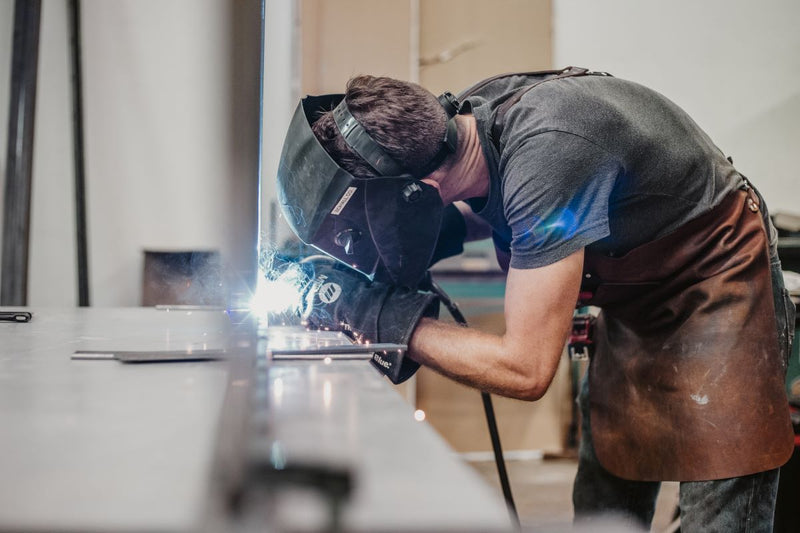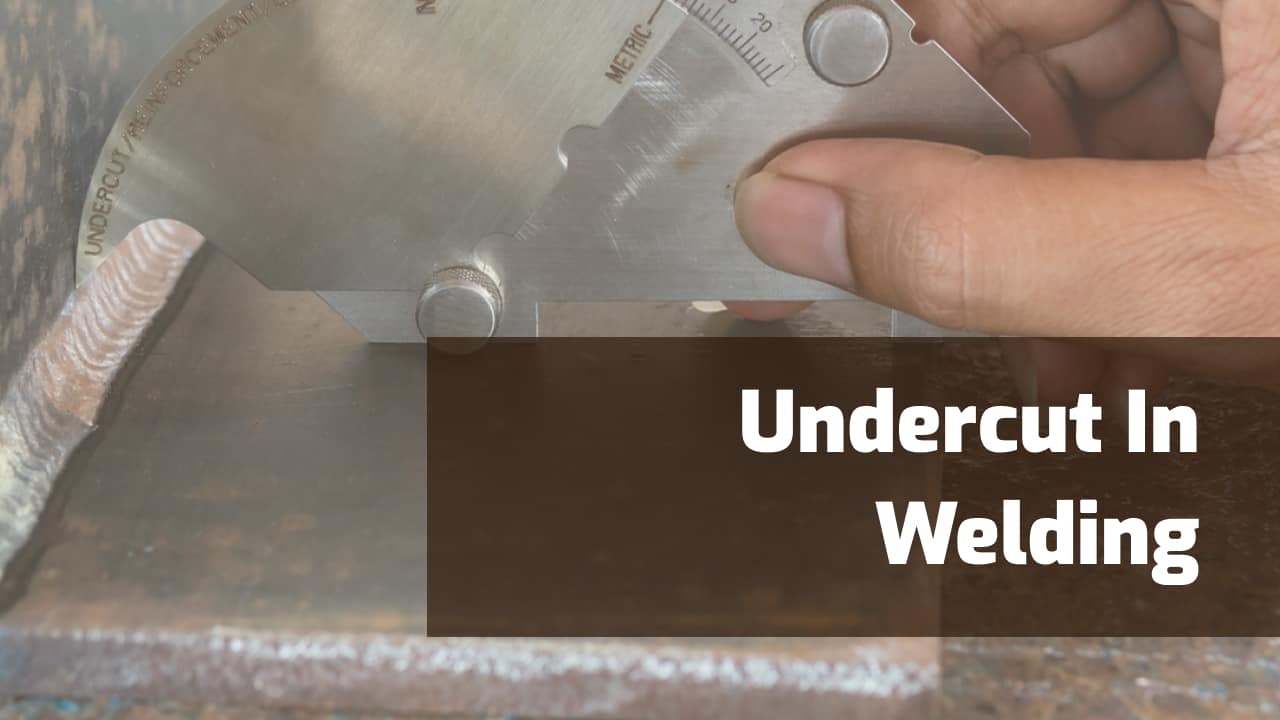Preventing Weld Undercut Demystified: Strategies for Success
Necessary Tips for Welders: Stopping Undercut Welding and Ensuring Stronger Weld Joints
In the realm of welding, attaining solid and durable weld joints is the keystone of producing top notch job. One typical obstacle that welders often come across is undercut welding, which can jeopardize the honesty of the weld joint.

Understanding Undercut Welding
Undercut welding is an usual welding issue that occurs when the weld steel stops working to appropriately load the groove and causes a groove-like anxiety along the weld bead. This flaw compromises the weld joint, making it vulnerable to splitting and failure under tension. Damaging can be caused by different variables, consisting of extreme welding present, high welding rate, improper electrode angle, inaccurate electrode size, and poor welding technique.
One of the primary factors for undercut welding is an inequality in between the welding existing and the welding speed. If the welding current is expensive or the welding speed is too fast, the weld steel may not adequately load the groove, bring about damaging. In addition, utilizing an electrode that is too large can lead to a comparable result, as the excess metal can not effectively flow right into the groove.
To avoid undercut welding, welders need to ensure they are making use of the proper welding criteria, maintain an appropriate electrode angle, select the appropriate electrode dimension, and technique appropriate welding techniques. By dealing with these elements, welders can minimize the danger of undercutting and produce more powerful, more dependable weld joints.
Appropriate Welding Technique
Effective welding technique plays a vital function in guaranteeing the quality and stability of weld joints. Proper welding technique includes a mix of ability, precision, and adherence to ideal practices. One essential facet of correct welding method is maintaining the correct angle and distance between the welding weapon and the work surface. Welders must also pay very close attention to the travel speed and warm input to prevent issues like undercutting, porosity, or incomplete blend.
Additionally, a consistent and regular hand movement is necessary for creating solid and durable weld joints. Welders must go for smooth, consistent movements to make certain also distribution of the weld material. Correct adjustment of the welding weapon and filler product is also crucial to accomplishing optimal infiltration and fusion.
Additionally, regulating the warm input and selecting the ideal welding parameters based upon the material being welded are important consider accomplishing premium welds - Preventing weld undercut. Welders must comply with the recommended setups given by welding procedure requirements and adjust them as required based on the certain needs of the project. By understanding correct welding strategies, welders can significantly enhance the stamina and integrity of their weld joints
Picking the Right Electrode
When taking into consideration the importance of picking the ideal electrode in welding applications,Keeping the proper angle and range between the welding weapon and the work surface is basic. The selection of electrode plays a crucial duty in identifying the top quality and stamina of the weld joint. Electrodes can be found in numerous types, each made for certain functions and materials.
To start with, picking the appropriate electrode size is necessary. Thinner electrodes appropriate for welding thin products, while thicker electrodes are much better for thicker products and greater warm applications. Matching the electrode size to the density of the work surface aids achieve a well balanced weld.
Secondly, recognizing the material make-up of the electrode is important. Different electrodes are created for welding certain products like steel, stainless steel, light weight aluminum, or cast iron. Making use of the appropriate electrode material makes sure excellent combination and decreases the danger of issues in the weld.
Last but not least, taking into consideration the welding position and method is crucial when picking the electrode type. As an example, specific electrodes are much better matched for above or upright welding positions, while others function well for flat or horizontal positions. Choosing the ideal electrode based on the welding technique enhances the general weld top quality and honesty.
Preparing the Base Metal
To make sure an effective welding process, what initial steps should be taken when preparing the base metal for welding? Properly preparing the base metal is crucial for attaining strong and durable weld joints. The primary step in preparing the base steel is to cleanse it extensively to get rid of any impurities such as corrosion, paint, dirt, or oil. This can be done making use of a cord brush, mill, or chemical solvents. In addition, any kind of existing weld material or residue from previous welding need to be gotten rid of to ensure a tidy surface area for the new weld.

Carrying Out Post-Weld Inspections

After performing these assessments, welders need to contrast the results against market criteria and job needs to make sure that the weld joint satisfies all required requirements. Any type of discrepancies or insufficiencies discovered throughout the post-weld examination ought to be immediately attended to through ideal corrective steps to assure the weld's honesty. By carefully performing post-weld examinations and promptly attending to any problems, welders can promote the quality and dependability of their work, ultimately adding to the safety and long life of the bonded frameworks.
Verdict

To conclude, stopping undercut welding and ensuring stronger weld joints call for a mix of proper welding strategy, selecting the ideal electrode, preparing the base metal correctly, and performing post-weld inspections. By comprehending the reasons for undercut welding and carrying out the necessary precautions, welders can produce high-quality weld joints that meet market criteria and ensure the structural stability of the welded elements.
Undercut welding is a common welding issue that happens when the weld steel fails to correctly fill up the groove and results in a groove-like depression along the weld grain (Preventing weld undercut). Damaging can be caused by various variables, consisting of excessive welding present, high welding rate, improper electrode angle, inaccurate electrode dimension, and inadequate welding strategy
One of the main factors for undercut welding is an imbalance in between the welding existing and the welding speed. If the welding current is too high or the welding speed is as well quickly, the weld metal might not properly fill up the groove, leading to undercutting.Keeping the right angle and distance in between the welding weapon and the workpiece is essential when considering the value of selecting the appropriate find out electrode in welding applications.